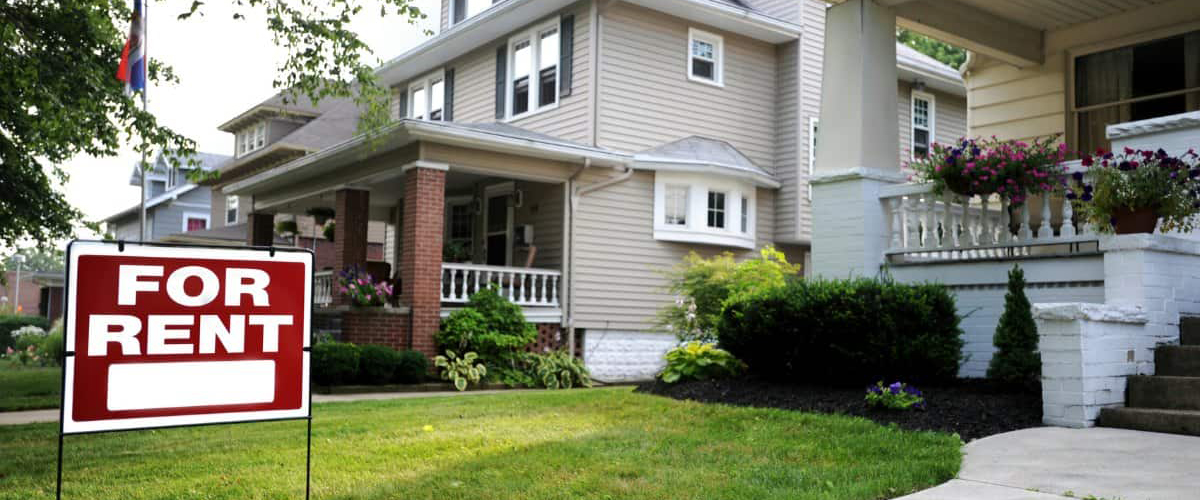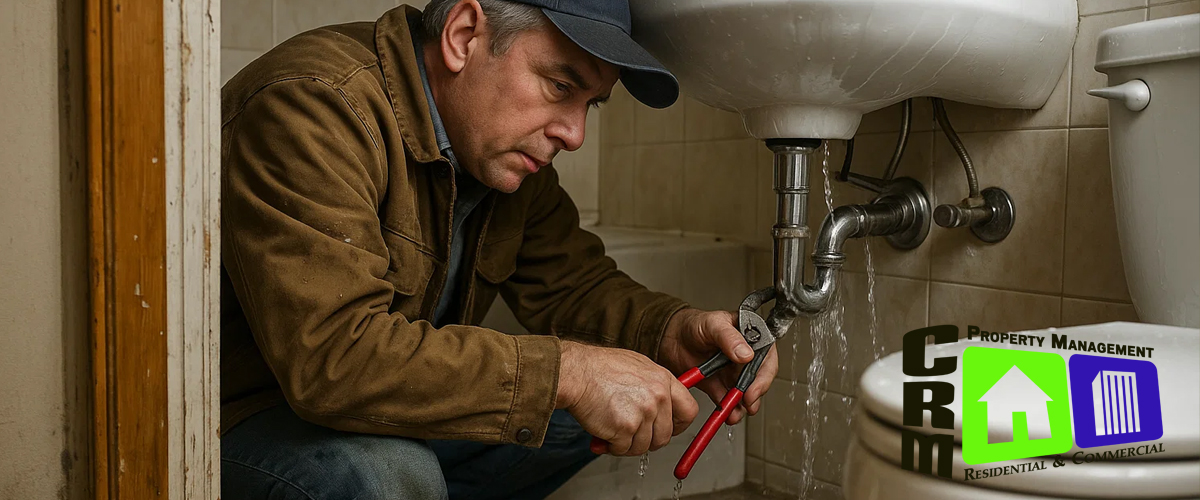Buy and Hold
With over 30 years in the real estate business, I’ve seen market cycles rise and fall, but one thing remains true—buy and hold real estate investing is one of the most reliable ways to build long-term wealth. I’ve spent decades perfecting this strategy, purchasing properties, managing tenants, and leveraging appreciation to scale my portfolio. If you’re looking for an approach that withstands market fluctuations and consistently generates income, buy-and-hold investing is the answer.
What is Buy and Hold Real Estate Investing?
Buy-and-hold real estate investing is exactly what it sounds like—purchasing properties and holding onto them for the long haul while collecting rental income. Unlike flipping, which relies on short-term market gains, this method focuses on long-term appreciation and cash flow. Over the past three decades, I’ve seen firsthand how patience and smart acquisitions can lead to financial freedom.
Why Buy and Hold is a Smart Investment?
1. Long-Term Wealth Building
I’ve built my wealth through decades of holding properties that appreciate in value over time. Utah’s rapid population growth and strong job market make it an ideal place to invest. When you buy in the right location and hold for the long term, the gains can be substantial.
2. Passive Income Generation
Nothing beats the feeling of receiving rental income month after month. With proper property management, your investments can generate consistent cash flow while requiring minimal day-to-day involvement. The key is to find high-demand rental areas where tenants are willing to pay premium rates.
3. Tax Advantages
One of the biggest advantages of real estate investing is the tax benefits. Over the years, I’ve used strategies like depreciation, mortgage interest deductions, and 1031 exchanges to reduce my tax liability and reinvest profits into new properties. Utah also provides certain tax incentives that can make investing even more attractive.
How to Choose the Right Market
If there’s one lesson I’ve learned, it’s that location is everything. You can focus your investments in cities like Salt Lake City, Provo, and Ogden, where job growth and population expansion are strong. These areas consistently see rising property values and rental demand, making them prime locations for buy-and-hold investing.
- Population Growth – Areas with increasing populations tend to have strong rental demand.
- Job Market Trends – Cities with job growth attract more tenants.
- Economic Stability – Low unemployment rates and diverse economies provide long-term investment security.
Finding Profitable Properties
A good deal isn’t just about price—it’s about cash flow and appreciation potential. I’ve always looked for properties in high-demand neighborhoods with a strong price-to-rent ratio. Areas near universities, tech hubs, and major employers tend to offer the best long-term returns.
- Good Neighborhoods – Low crime, good schools, and amenities attract quality tenants.
- Price-to-Rent Ratio – Determines profitability based on purchase price and potential rental income.
- Appreciation Potential – Look for areas experiencing steady value increases.
Financing Your Investment
Over the years, I’ve used everything from traditional mortgages to seller financing to acquire properties. Utah investors have access to FHA loans, conventional financing, and even local grant programs to help with down payments. Creative financing strategies, such as partnerships and private lenders, can also be a game-changer.
- Traditional Mortgages – Ideal for those with strong credit and stable income.
- Portfolio Loans – Good for investors scaling their holdings.
- Seller Financing – This can be a flexible alternative to traditional loans.
Managing Your Rental Property
Tenant management can make or break your investment. I’ve learned that strict screening, regular maintenance, and professional property management services can help ensure a smooth experience. Avoiding bad tenants and staying ahead of repairs will save you money in the long run.
- Tenant Screening – Proper screening reduces the risk of bad tenants.
- Regular Maintenance – Preventative upkeep saves money in the long run.
- Hiring a Property Manager – Useful for hands-off investors.
Understanding Cash Flow and ROI
Your success as a real estate investor comes down to cash flow. I aim for properties with a minimum 8-12% ROI. Calculating expenses correctly and ensuring your rental income exceeds costs is crucial for profitability.
- Gross Rental Income – Operating Expenses = Net Cash Flow
- ROI = (Annual Cash Flow / Total Investment) x 100
Tax Benefits and Incentives
Tax advantages have played a huge role in my investment strategy. Depreciation, property tax deductions, and 1031 exchanges have saved me thousands over the years. If you understand how to leverage these benefits, you can dramatically increase your overall returns.
- Depreciation – Reduces taxable income.
- 1031 Exchanges – Allows reinvestment without immediate tax liabilities.
- Deductions – Property repairs, insurance, and mortgage interest.
Leveraging Property Appreciation
The Utah market has been kind to long-term investors like myself. I’ve used appreciation to refinance and reinvest in new properties, growing my portfolio exponentially. Forced appreciation through renovations is another strategy I’ve used to increase property value.
- Forced Appreciation – Renovations and upgrades.
- Market Appreciation – Holding properties in growing markets.
- Cash-Out Refinancing – Extracting equity for new investments.
Common Challenges and How to Overcome Them
Investing isn’t always smooth sailing, and I’ve faced my fair share of tenant issues, maintenance surprises, and market downturns. The key is to have a solid emergency fund, choose properties wisely, and always think long-term. Utah’s strong economy has helped buffer many market risks over the years.
Scaling Your Portfolio
Once you get your first few properties, growing your portfolio becomes easier. I’ve scaled my investments by using equity from existing properties and leveraging smart financing. Utah’s growing rental market makes it possible to build a substantial portfolio with careful planning.
- Reinvesting Profits – Use rental income to acquire new properties.
- Using Leverage – Take advantage of financing options.
- Building a Team – Real estate agents, lenders, and property managers.
Exit Strategies for Maximum Profit
Selling, refinancing, and 1031 exchanges are all effective ways to exit an investment. I’ve personally used each strategy at different times, depending on market conditions. Knowing when to cash out and reinvest is a skill that comes with experience.
- Selling – Capitalize on appreciation.
- Refinancing – Extract equity without selling.
- 1031 Exchange – Defer capital gains taxes.
The Take Away
Buy-and-hold real estate investing has been the foundation of my financial success over the past 30 years. Utah’s thriving market presents a fantastic opportunity for both new and experienced investors to build long-term wealth. If you stay patient, make informed decisions, and learn from seasoned professionals, you can achieve financial freedom through real estate investing.
Most investors hold properties for at least 5-10 yers to maximize appreciation and rental income.
Market downturns, problem tenants, and maintenance costs are the primary risks.
Creative financing, partnerships, and seller financing can help investors get started with little upfront capital.
Screen applicants based on credit history, rental history, and income stability.
An ROI of 8-12% is considered solid in most markets.
It depends on your availability and expertise. Hiring a property manager can be beneficial for larger portfolios.







